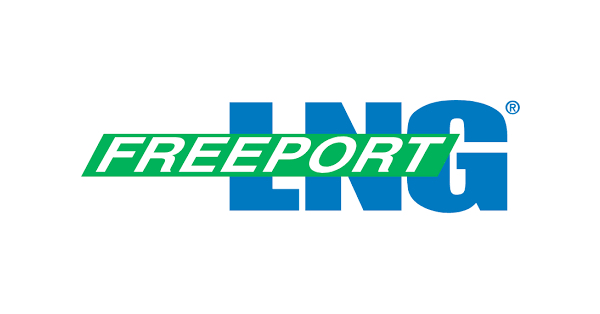- Cooldown to last about 11 days: Freeport
- Separate approval needed to restart LNG production
- Terminal offline since June 2022 fire
Freeport LNG received approval to begin cooling down a piping system at the facility from the US Federal Energy Regulatory Commission Jan. 26, as the operator’s work to restart LNG production was poised to extend into February, at the earliest.
Freeport’s Jan. 23 request for FERC’s permission to begin the cooldown work and reinstate the management of boil-off gas did not go as far as asking for authorization to return liquefaction trains to operation, which will require a separate approval. Instead, Freeport told FERC that the cooldown of its “Loop 1 LNG transfer piping” would involve “the slow and deliberate introduction of LNG into the piping system to allow the piping to cool down to cryogenic temperatures necessary for circulation of LNG.”
Freeport planned for the cooldown work to be done “over a period of approximately 11 days to ensure that the temperature rate change does not exceed thermal shock tolerances.” The export terminal has been offline since a fire at the facility June 8, 2022.
Freeport is the second-biggest US LNG operator in terms of constructed capacity, and the resumption of production at the export facility could offer welcome supplies to the global gas market. Global LNG prices remain elevated compared to historical norms, though down sharply from record levels in summer 2022. Some market participants do not expect LNG production in earnest at Freeport until late February or March.
FERC’s approval of Freeport’s cooldown request said the operator would have to submit “daily commissioning reports that details the progress toward demonstrating the facilities can safely and reliably operate as designed.”
“Any lessons learned during commissioning and cooldown must be applied to other facilities as applicable,” FERC said.
FERC said authorization to reinstate service of the liquefaction trains “will only be granted following the review of filed responses, a determination that the facilities are fit for service, and documentation that acceptable measures have been put into place to safely return the facilities to operation.”
A Freeport spokesperson declined to comment Jan. 26 beyond the FERC approval.
US Coast Guard approval
A root cause analysis that the US Pipeline and Hazardous Materials Safety Administration released in redacted form Nov. 15 identified overpressure of an LNG piping segment as a direct cause of the explosion and fire. The analysis, done for Freeport LNG by the consultancy IFO Group, also pointed to flawed operating and testing procedures and operator fatigue as areas of concern. Freeport told FERC in late December that it would implement remedial actions for every recommendation by IFO Group, which included a series of operational improvements.
Freeport on Jan. 23 received an approval from the US Coast Guard that would allow transfer operations to or from a vessel once Freeport gets approval to restart operations.
Analysts at Webber Research & Advisory, which had expected delays in the operator’s efforts to resume production at the terminal in January, said in a recent note to clients that Freeport should be able to start up within one month of receiving FERC’s approval to do so.
The Freeport facility was on track to receive nearly 49 MMcf/d of feedgas on Jan. 26 based on nominations for the morning cycle that could later be revised, S&P Global Commodity Insights data showed. The reason for the flows was not immediately clear, with Freeport also taking deliveries of feedgas to generate power.
LNG values
Global LNG prices have continued to incentivize the remaining six major US LNG export terminals to operate at high levels. US feedgas demand totaled about 12.8 Bcf/d on Jan. 26, S&P Global data showed. Feedgas demand could increase by some 2 Bcf/d when Freeport returns to full production.
Northwest Europe-delivered LNG’s discount to the Asia spot price widened Jan. 26 as a French nuclear restarted after a lengthy outage amid an oversupplied Atlantic cargo market. While colder weather moved across parts of Europe, gas stocks remained strong and LNG continued to point toward the continent, even as spreads between basins and depressed freight rates suggested arbitrage opportunities may be opening.
Platts DES Northwest Europe for March was assessed at $15.372/MMBtu Jan. 26, down 52.5 cents/MMBtu on the day to the lowest level since Jan. 16, according to S&P Global Commodity Insights.
Across the Atlantic, the Platts Gulf Coast Marker for US FOB cargoes loading 30-60 days forward was assessed at $13.95/MMBtu Jan. 26, down 95 cents/MMBtu on the day. Congestion at the Panama Canal remained light to modest.
Source: Platts









































